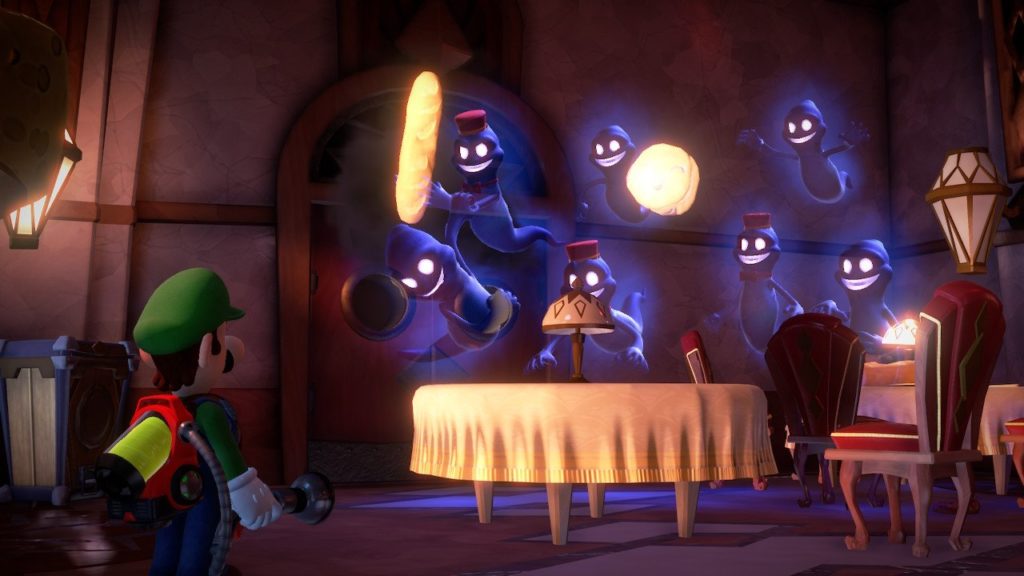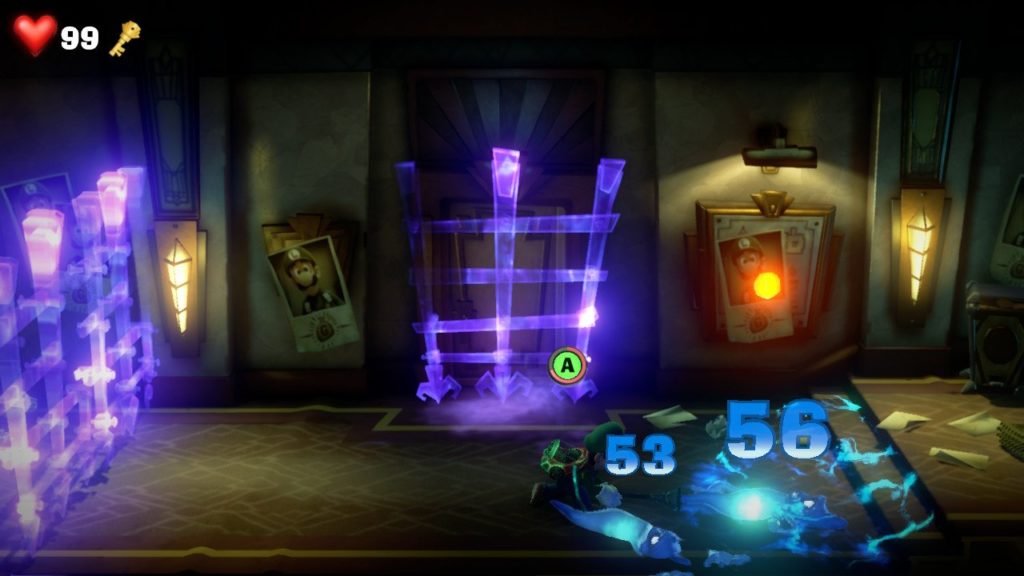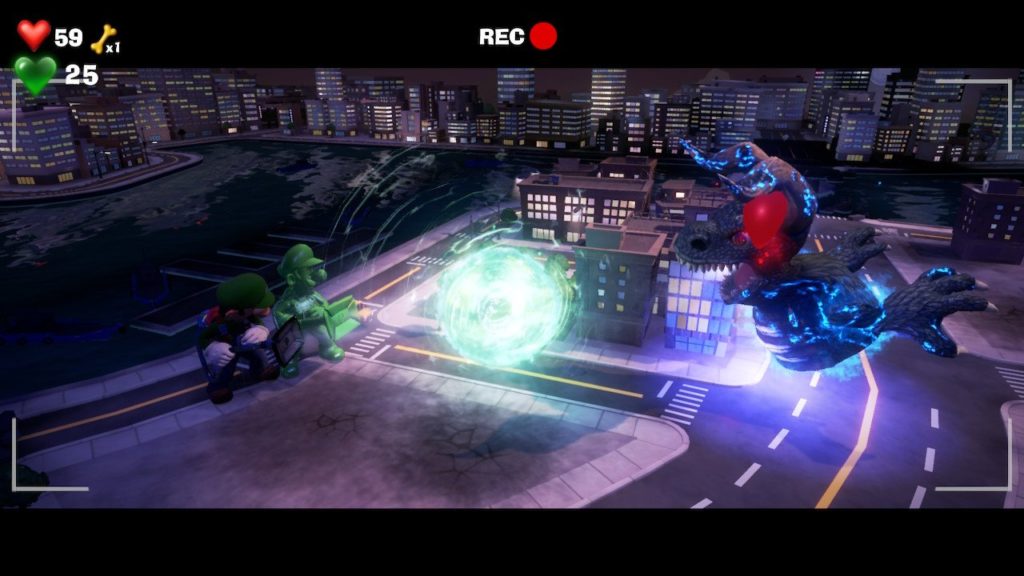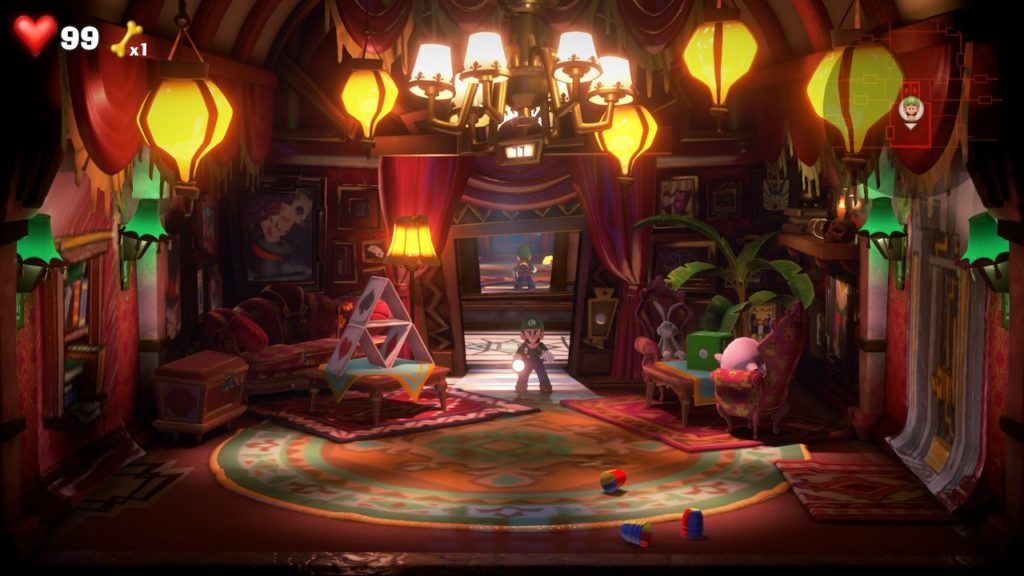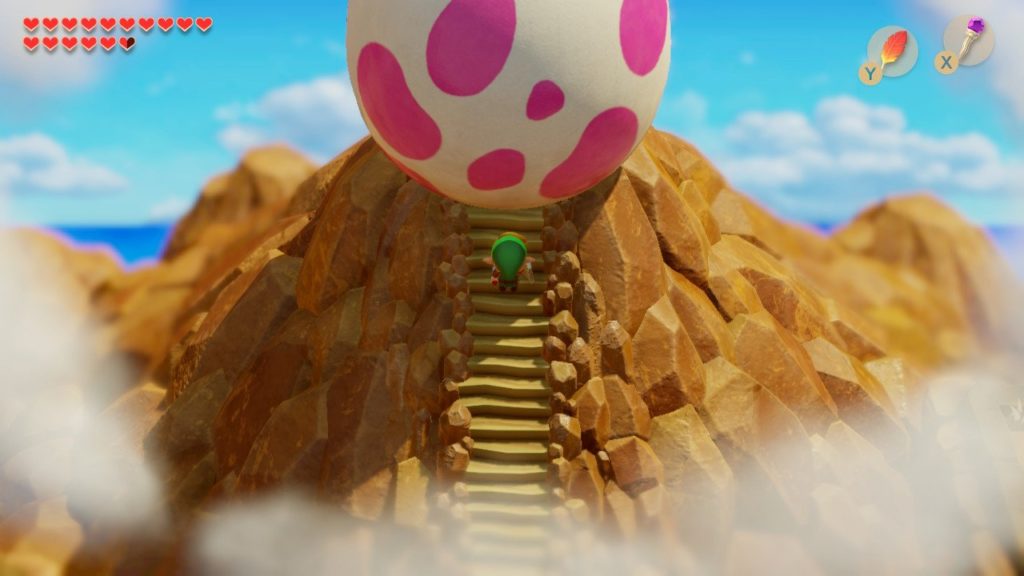- Genre: JRPG
- Platform: Switch
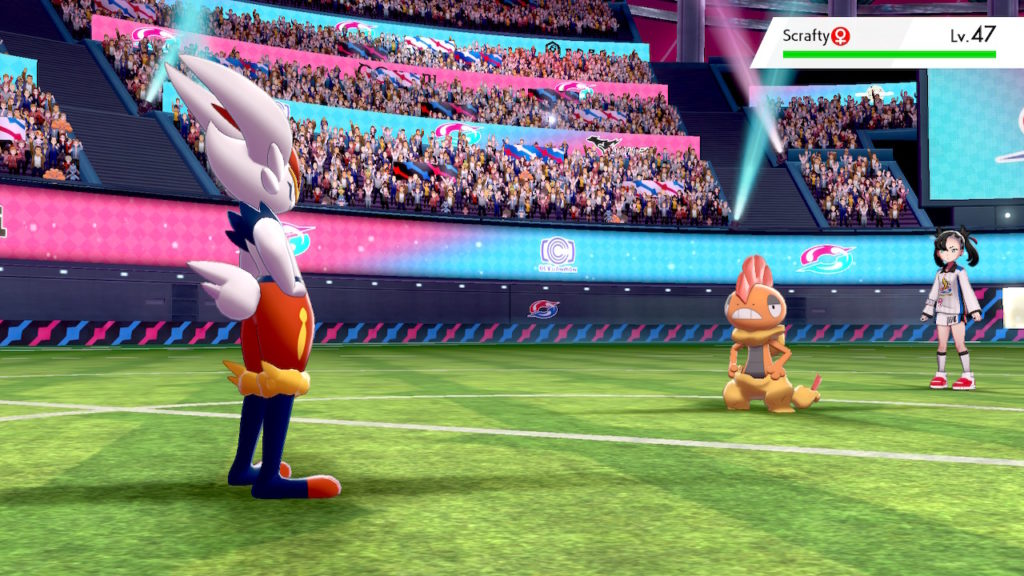
There was a lot of noise about this release in the general gaming sphere – a bunch of Pokemon were removed, people got up in arms, they then started picking apart every little thing as reasons why the game was lazy or low quality or whatever the complaint of the day was. Frankly, it felt like a bunch of whining prior to release. Having played the game now, it’s definitely a bunch of whining. While Pokemon Sword is a pretty straightforward Pokemon game in general, it’s still extremely high quality and also takes some important steps forward for the series in a general sense, giving us what is another solid entry worth playing through.
The obvious change here is that despite the Switch’s ability to be played on the go, this is the first mainline release that’s actually playable on the TV, unless you count the Super Game Boy on SNES or Game Boy Player on the Gamecube as console option entries. This definitely made playing the game in long sessions at least a lot more comfortable. The main focus though is definitely on gameplay features, which kind of falls into two main things – the Wild Area and Dynamax Pokemon.
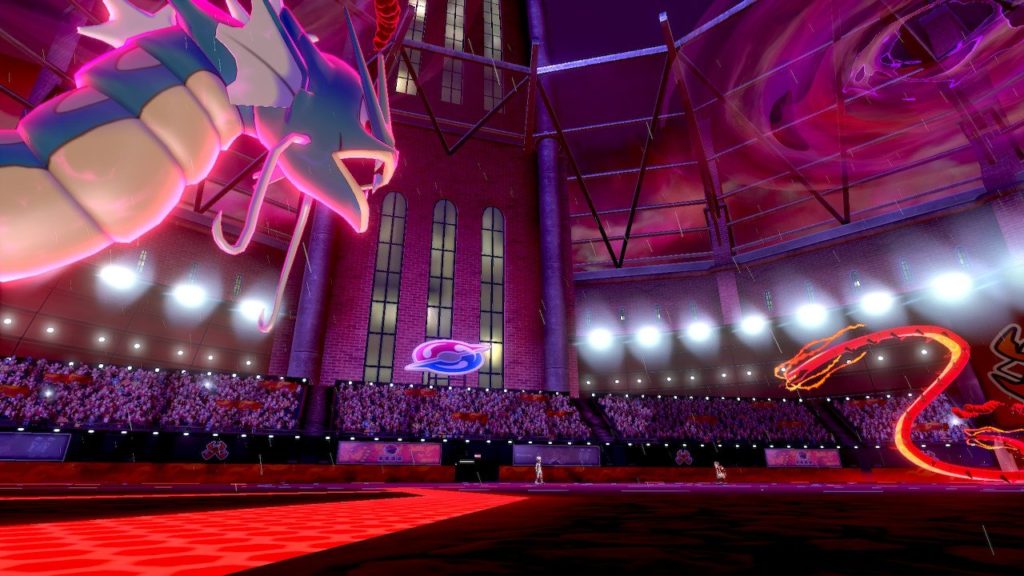
Dynamax is the replacement for Mega Evolution and Z Moves from previous generations. In this case, it feels like it’s been integrated in a much better fashion. For one thing, it’s available to damn near all Pokemon, apart from a handful of legendaries. There’s an additional tier available called Gigantamaxing that also adds some unique moves and fun visual forms, but it’s there as an additional layer. This leaves your entire party as being useful in these situations, which is a much better situation than the limits in place in X/Y + Sun/Moon. The ability to use it is also limited to specific battles – generally speaking, Gym battles and specific wild battles against other Dynamax Pokemon. Overall it means that the system isn’t available to be spammed all the time, but is always equally useful when it is available.
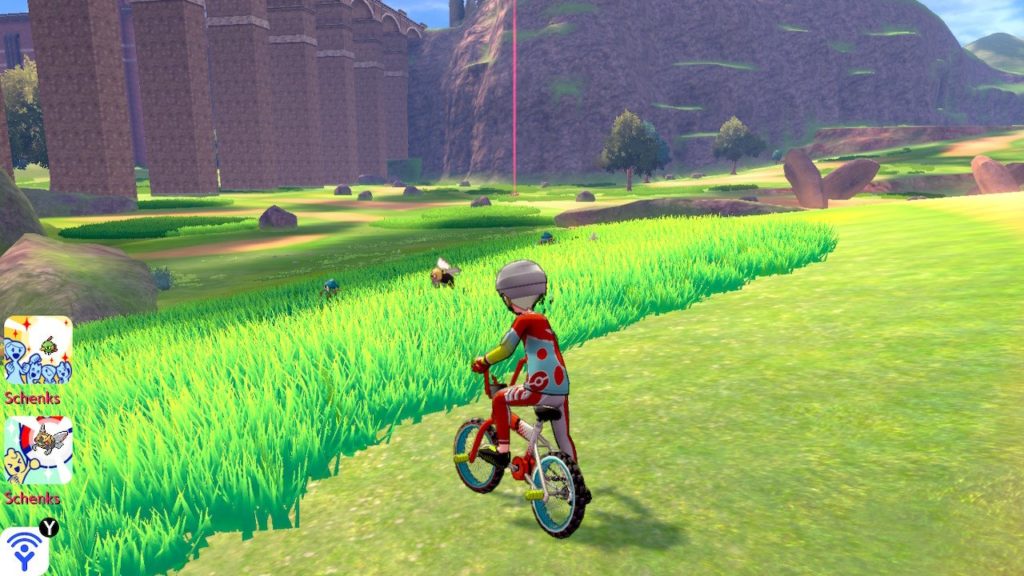
The other big one, and probably the biggest feature, is the Wild Area. What this ends up being from a feature perspective is just another route to catch Pokemon. However, from a visual perspective it’s a huge leap forward for the series. It turns a large portion of the game into a pseudo open world area where you can catch stuff, but also run into Pokemon that are way too strong for your current team, go into multiplayer Dynamax fights, and just generally run around. It’s as close to reaching for a modern RPG experience as the series has ever gotten, and it’s a much larger modernization step than has been typical for the series.
There’s a bunch of little user experience things that have also improved the game in small ways. The player is automatically healed to full after gym fights, including the Elite Four replacement because the player was going to heal up anyway. Pokemon are visible in the world in the grass areas like in Pokemon Let’s Go!, because random fights are fairly silly. HMs continue to go away, with flying open almost immediately at the start of the game via a taxi service and Surf being replaced entirely by a bike upgrade. The player can now setup camp while in the field replacing the need to run back to Pokemon Centers to heal. There’s a portable Pokemon Box device to grab Pokemon in and out of your storage on the go. EXP share for your party makes a return and EXP gain is also around when catching Pokemon, leaving it practical to go for either as a leveling setup.
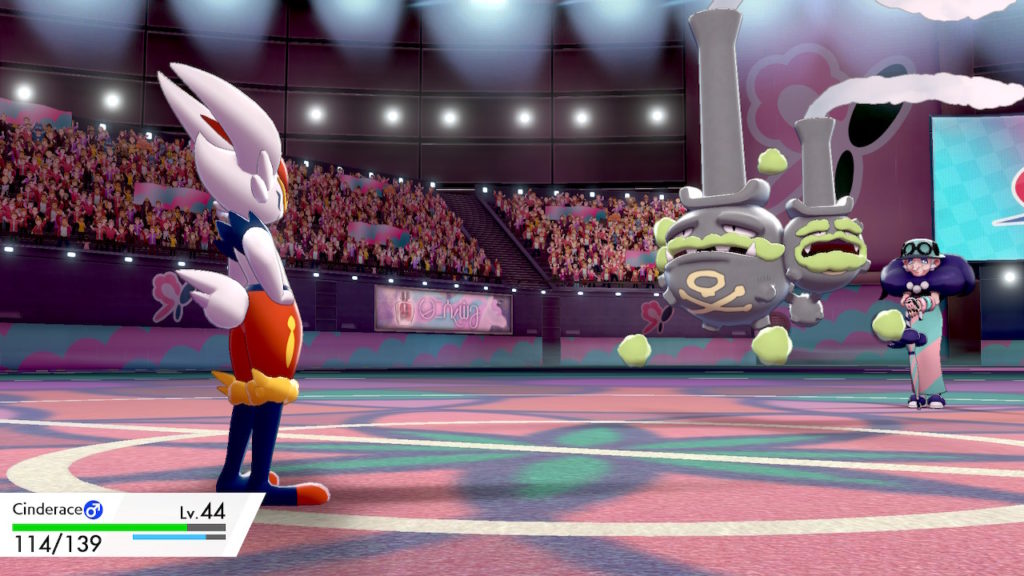
It’s also worth mentioning just how fucking cool it is to do the gym battles. It’s a little thing, but having a huge crowd chanting and yelling, and having good fight music on is such a huge experience change from the past that I’m honestly surprised they haven’t gone in this direction before. It actually feels like a sport now, which animal rights problems aside, is a fantastic change.
At the same time, there’s still some things they’re stubbornly holding on to for seemingly no reason. The box storage system still exists, and it still can’t be sorted despite the fact that there’s no technical reason to not allow for better storage solutions. Despite the fact that you can see move advantages when switching Pokemon, you can only see that if the opponent’s Pokemon is already out, even though you explicitly know which Pokemon will come out next. Evolution methods are still not shown anywhere in-game, despite the fact that all the information is available on the internet all the time. It’s little things like that that are really going to go a long way to making the series feel like it’s finally really moving forward, and also currently go a long way towards ammo about the series feeling lazy.
However, the core of the series is still as strong as ever. It’s still just straight enjoyable to play the stat game, play the type advantages, and build out the party that suits you the most. I’m also not sure if it’s a placebo, but the game felt much better balanced in general, and certainly balanced more difficult than in the past. I found myself using a significantly larger amount of Pokemon to use my type advantages, even in just fighting wild Pokemon and Route trainers. By the end of the game, my party’s level range was only around 60-65 for all members, which is an extremely narrow range for my typical use. In general I had to use those as well. I was almost always around level parity with the opponents, so going in with type disadvantage was a good way to get killed. In good news, I didn’t feel a need to grind either, so the curve felt pretty appropriate to a first-run through.
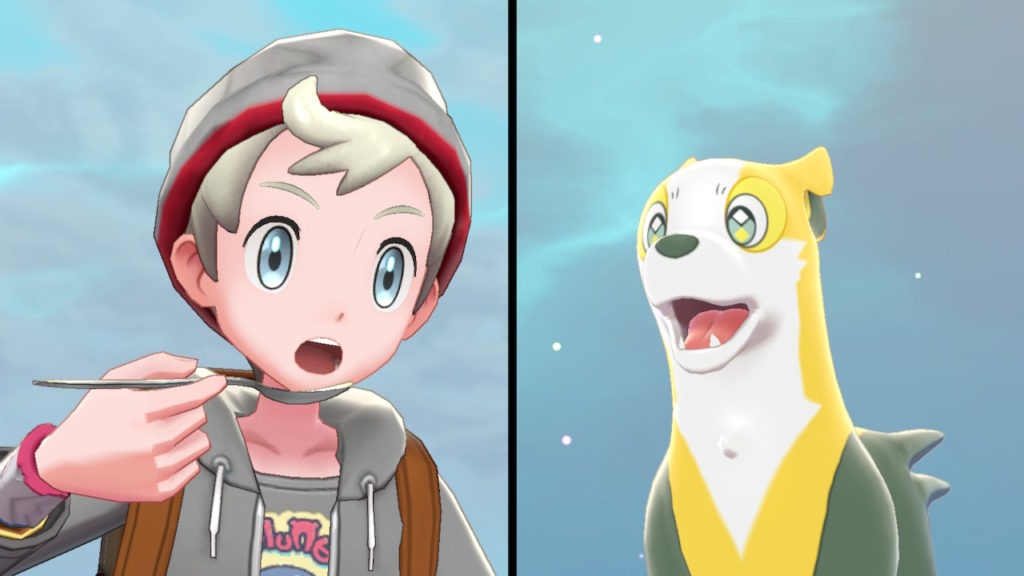
End of the day, this one is a pretty simple thing to recommend. If you’ve liked Pokemon in the past, you’ll still like Pokemon now. At the same time, while I sort of get where people are coming from, I think it’s worth ignoring the pre-release noise. The loss of Pokedex did not effect the quality of the game and only helped the game’s overall balance, and the game that is there is still as good as ever. Frankly, if removing more Pokemon results in steps as big as the Wild Area for Gen 9, remove even more. If there’s anything to take out of this generation it’s that there’s been a big jump in the quality of what’s there, but they’ve definitely still got a lot of room to grow now that they’re fully embracing their console future.


